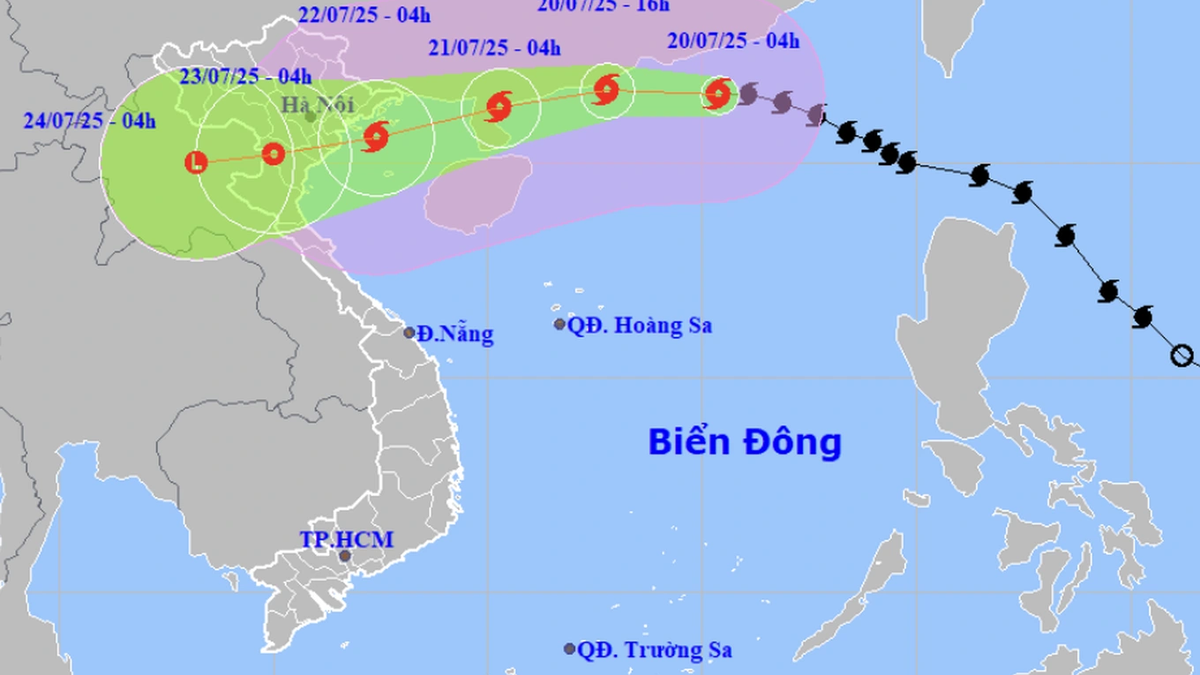Global cereal utilization in 2023/24 is now forecast at 2,823 million tonnes, up 1.1% from a year ago, driven largely by increased use of maize and wheat for animal feed. Global cereal stocks are expected to increase, driven by coarse grains, with the global coarse grain stocks ratio forecast at a “comfortable” 31.1%, up from 30.9%. World cereal trade is forecast to increase by 1.3% from a year ago, supported by improved prospects for Ukrainian maize exports and strong demand from China.
The preliminary forecast for global wheat production in 2024 is estimated at 797 million tonnes, up 1% from 2023. Lower wheat prices have led to a 6% year-on-year reduction in winter wheat acreage in the United States. However, U.S. wheat production could increase on high yield prospects. Favorable weather conditions are also boosting expectations for higher 2024 wheat production in the Russian Federation, with above-average yields in China, India and Pakistan.
Geopolitical conflicts and adverse weather are exacerbating hunger in 45 countries around the world that need external food assistance, according to the FAO ’s Global Information and Early Warning System (GIEWS) report, published every three years.
According to the report, conflicts in the Near East Asia and West and East Africa are driving alarmingly high levels of severe food insecurity, with grave concerns for the entire Palestinian population of Gaza. Widespread dry weather conditions are likely to exacerbate food insecurity in Southern Africa.
Although 2024 cereal production is forecast to increase slightly among the Group of 44 low-income food-deficit countries, low 2023 production and depleted stocks have pushed up import demand in some sub-Saharan countries.
The 2024 cereal harvest will begin in April in Southern Africa, where widespread and persistent rainfall deficits due to the El Niño weather phenomenon have severely dented production prospects. Major growing regions in Malawi, Mozambique, Zambia and Zimbabwe have received less than 80% of their average rainfall since November 2023, suggesting increased demand for cereal imports in these countries in the upcoming 2024/25 season.
Source




































































































Comment (0)